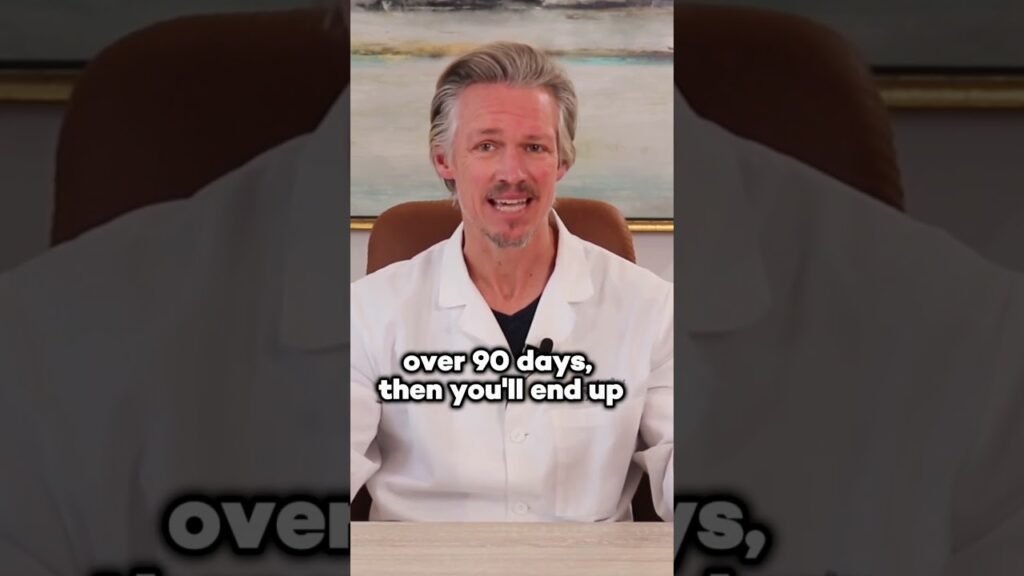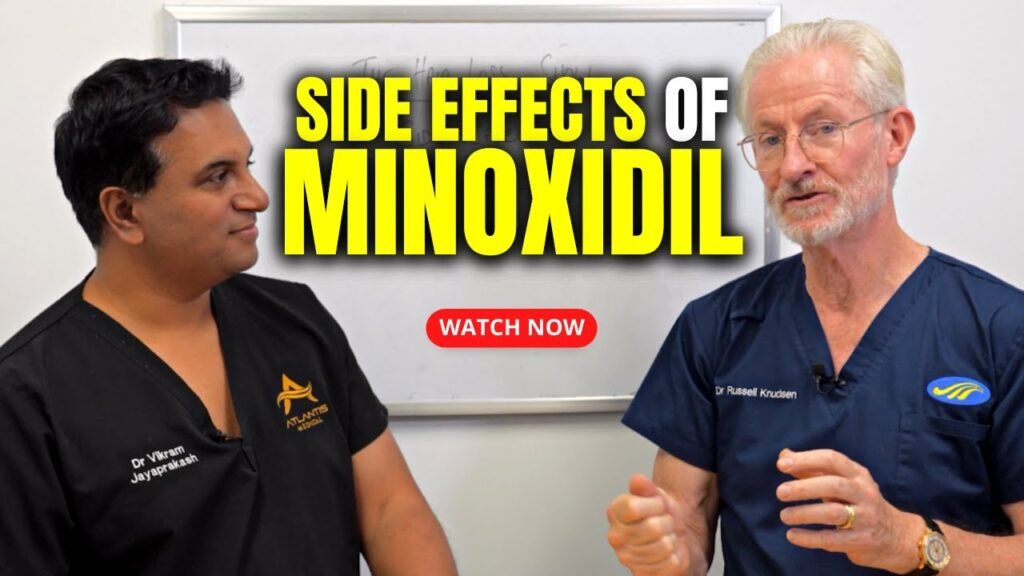Understanding the Relationship Between Minoxidil and Acne
Minoxidil, primarily known for its efficacy in treating hair loss, is a topical medication that has garnered attention for its potential side effects, including acne. Understanding the relationship between minoxidil and acne is crucial for individuals considering this treatment, as it helps in managing expectations and planning appropriate skincare routines. While minoxidil is not directly linked to acne in all users, some individuals report experiencing breakouts after starting the treatment.
One of the potential reasons for acne development when using minoxidil is its formulation. Minoxidil solutions often contain alcohol and propylene glycol, which can irritate the skin. This irritation may lead to increased oil production, clogged pores, and consequently, acne. Individuals with sensitive or acne-prone skin might be more susceptible to these effects, making it important to monitor skin changes closely after starting minoxidil.
Moreover, the method of application can also influence acne occurrence. When minoxidil is applied to the scalp, it can sometimes run down onto the forehead or other facial areas, potentially contributing to breakouts. To minimize this risk, users should apply the solution carefully and ensure that it is fully absorbed into the scalp, avoiding any excess that might drip onto the face. Additionally, maintaining a consistent skincare routine that includes cleansing and moisturizing can help mitigate the potential for acne while using minoxidil.
How Minoxidil May Contribute to Acne Development
Minoxidil is widely recognized for its effectiveness in treating hair loss, but its use has been associated with certain skin-related side effects, including the potential development of acne. Understanding the mechanism by which minoxidil might contribute to acne involves examining its interaction with skin physiology. When applied topically, minoxidil increases blood flow to the scalp, which can inadvertently stimulate the sebaceous glands. This stimulation may lead to an overproduction of sebum, an oily substance that, in excess, can clog pores and result in acne.
The Role of Sebum in Acne Formation
Sebum plays a crucial role in maintaining skin health by providing necessary moisture. However, when produced in excess, it can mix with dead skin cells and bacteria, leading to clogged pores. The increased sebum production triggered by minoxidil can exacerbate this process, creating an ideal environment for acne-causing bacteria to thrive. This is particularly problematic for individuals who are already prone to oily skin, as the additional sebum can push their skin past its threshold, making acne outbreaks more likely.
Minoxidils Alcohol Content and Skin Irritation
Another factor that may contribute to acne development in minoxidil users is the presence of alcohol in its formulation. Many minoxidil solutions contain alcohol as a solvent, which can dry out the skin, prompting it to produce more oil in an attempt to compensate. This compensatory oil production can further contribute to the cycle of clogged pores and acne. Additionally, the alcohol can cause irritation, which might exacerbate any existing skin conditions, including acne, making it important for users to monitor their skins reaction to the treatment closely.
Effective Strategies to Reduce Minoxidil-Induced Acne
Minoxidil, a popular treatment for hair loss, can sometimes lead to an unwanted side effect: acne. To effectively manage and reduce minoxidil-induced acne, its crucial to adopt a comprehensive skincare routine tailored to address this specific issue. Start by incorporating a gentle, non-comedogenic cleanser into your daily regimen. Cleansers formulated with salicylic acid or benzoyl peroxide can help to unclog pores and reduce inflammation without exacerbating dryness or irritation. Its important to cleanse the affected areas twice daily to remove excess oil and any minoxidil residue that might contribute to acne formation.
Another key strategy involves the use of targeted topical treatments. Niacinamide and azelaic acid are excellent choices for their anti-inflammatory and skin-soothing properties. These ingredients not only help reduce acne lesions but also promote a more even skin tone. Applying these treatments after cleansing can enhance their effectiveness. Additionally, consider using a lightweight, oil-free moisturizer to maintain the skins hydration barrier. Look for products containing hyaluronic acid, which can provide moisture without clogging pores or worsening acne.
Adopting lifestyle changes can further aid in reducing minoxidil-induced acne. Ensure you are not over-applying the minoxidil solution, as excessive use can increase the likelihood of acne development. Follow the recommended dosage and application instructions carefully. Furthermore, maintaining a balanced diet rich in antioxidants and omega-3 fatty acids can support overall skin health. Foods like leafy greens, nuts, and fatty fish can help reduce inflammation and improve skin resilience, potentially minimizing acne breakouts associated with minoxidil use.
Alternative Treatments to Minoxidil for Hair Growth
When it comes to hair growth, many people are familiar with minoxidil as a popular treatment option. However, several alternative treatments can also promote hair growth and might be suitable for those seeking different solutions. One such alternative is platelet-rich plasma (PRP) therapy, a non-surgical procedure that involves injecting concentrated platelets from the patients own blood into the scalp. This process is believed to stimulate hair follicles and encourage new growth by enhancing blood supply and delivering essential growth factors to the scalp.
Another promising alternative is the use of low-level laser therapy (LLLT). This non-invasive treatment utilizes laser devices to emit photons into scalp tissues, which are absorbed by weak cells to promote hair growth. LLLT is often praised for its safety and efficacy, making it a favorable option for those who prefer a non-chemical approach. Additionally, LLLT can be conveniently administered at home using various devices available on the market, providing an accessible solution for consistent treatment.
Herbal supplements and natural oils also serve as popular alternatives for those interested in more holistic approaches. Saw palmetto, a plant extract, has gained attention for its potential to block the conversion of testosterone to dihydrotestosterone (DHT), a hormone linked to hair loss. Similarly, essential oils like rosemary and peppermint oil are often used in scalp massages due to their purported ability to improve circulation and promote hair growth. Incorporating these natural elements into a hair care routine can provide a gentle yet effective way to support healthy hair growth.
Frequently Asked Questions About Minoxidil and Acne
Can Minoxidil Cause Acne?
Minoxidil is a popular topical treatment primarily used to stimulate hair growth in individuals experiencing hair thinning or loss. A common question among users is whether Minoxidil can cause acne. While Minoxidil is generally well-tolerated, some individuals may experience skin-related side effects, including acne. This is often due to the formulations ability to increase oil production in the skin, which can clog pores and lead to acne breakouts. Its important to monitor your skins reaction and consult with a dermatologist if you notice persistent acne after starting Minoxidil.
How Can I Manage Acne While Using Minoxidil?
If youre experiencing acne while using Minoxidil, there are several strategies you can employ to manage and minimize breakouts. Firstly, ensure youre applying Minoxidil only to the areas needed and avoid excessive use. Incorporate a gentle, non-comedogenic cleanser into your skincare routine to help remove excess oil and prevent clogged pores. Additionally, using oil-free moisturizers and products containing ingredients like salicylic acid or benzoyl peroxide can be effective in combating acne. Its crucial to maintain a balanced skincare routine and avoid harsh products that may irritate the skin further.
Should I Discontinue Minoxidil If I Develop Acne?
Deciding whether to discontinue Minoxidil due to acne can be challenging. If you experience mild acne, you might consider adjusting your skincare routine as mentioned above. However, if acne becomes severe or persists despite changes, it may be necessary to stop using Minoxidil and consult a healthcare professional. They can provide personalized advice and alternative hair loss treatments that may be more suitable for your skin type. Its essential to weigh the benefits of continued use against the severity of acne and seek professional guidance when needed.


